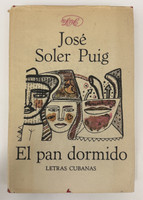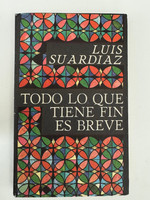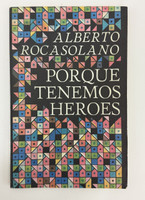- Travel
-
Exhibits
- La Portada Cubana
- Immortal Cuba: Artists Take on Their Heroes
- Seattle Poster Exhibit
- Sandra Dooley & Alejandrina Cué
- The Art of Wayacón
- Cuban Folk Art
- Cuba In Black And White
- 25 Years of Cuban Art Space
- Summer Folk Art Expo
- ¡SPRING AWAKENING FROM CUBA!
- Celebrating The Art Of Cuban Women
- Celebrating Paper, Affordable Art from Cuba
- Art of the Revolution
- Outsider Art
- Lost and Found
- En la lucha: Celebrating Cuban Women and Their Art
- Cuban Art Stash
- 100 Fires: 5 Cienfuegos Artists' Work on Paper
- Waya + Monte! Magic Realism in Cienfuegos
- Viva Cuba Viva! Poster Show
- Cultivando Sueños
- Black Lives Matter in Cuba Jan 9-March 27
- Leandro Soto: Crónicas visuales
- Cuban Canvas
-
Archive
- Global Reflection 2018: Spirit and Community
- Exhibit in the cloud: Contemporary Works on Paper
- MADE IN CUBA! MINNEAPOLIS EXHIBIT
- Cuban Posters and Photography from CCS collection
- AUTUMN SALE! Sept/Oct 2017
- SPRING ARTS AND CRAFT SALE
- Vuelo Directo/Non Stop: Alberto & Alejandro Lescay
- The Many Faces of Fidel
- Somos
- Made in Cuba!
- The US empire in Cuban graphics
- Made in Cuba/Seattle exhibit
- Entre Nos
- Looking Back
- Cuban Art Space
- Membership/Donate
- About Us
- Cuba News
-
The cover of "2 Letras. Cultura en Cuba" features Raúl Martínez's celebrated pop art treatment "Martí y la flor" (Martí and the Flower), presenting four variations of José Martí's iconic portrait arranged in a 2x2 grid. Using vibrant warm tones of orange, yellow, red, and brown with distinctive linear hatching, Martínez transforms Cuba's national hero into a modernist icon that bridges 19th-century revolutionary ideals with 1960s-80s graphic aesthetics. The repeated image technique, reminiscent of Warhol's serial portraits, democratizes Martí's image while emphasizing his multifaceted legacy. Each portrait shows subtle variations in color and expression, suggesting the diverse interpretations of Martí's thought explored within the volume. This design exemplifies how revolutionary Cuba positioned Martí as both historical figure and living inspiration for contemporary socialist thought.
Published as the second volume in the "Letras. Cultura en Cuba" series, this 1989 anthology examines writings about José Martí's life and work produced after 1959, exploring why Cuba's National Hero remains the most transcendent historical personality of 19th-century revolutionary action and thought. The volume's structure follows Juan Marinello's principle that the unity of Martí's revolutionary thought across politics, ethics, aesthetics, and culture is indestructible. The book is divided into two major sections: Fidel Castro's October 10, 1968 speech commemorating the centennial of the Ten Years' War, which synthesizes current Martian studies in Cuba and clarifies why Martí is considered the intellectual author of the Moncada assault; and chronologically arranged scholarly materials by prominent intellectuals including Ernesto Guevara, Carlos Rafael Rodríguez, Juan Marinello, Noël Salomón, Paul Estrade, Cintio Vitier, Armando Hart, José Cantón, Pedro Pablo Rodríguez, Julio Le Riverend, Roberto Fernández Retamar, Francisco Pérez Guzmán, Adalberto Ronda, Ramón de Armas, and Ana Cairo.
Compiled and prefaced by Dr. Ana Cairo Ballester, this ambitious project addresses Martí's anti-imperialist thought, his revolutionary ethics, Mexican socialism, democratic thinking, Latin Americanist unity, and his role as historian. The volume omits Martí's contributions to poetry and narrative, as well as his theater management, reserving these topics for future volumes. Printed in 1990 by the Combinado Poligráfico "Haydée Santamaría," this scholarly work demonstrates how post-revolutionary Cuban intellectuals positioned Martí as paradigm for multiple generations and "the most genial and universal of Cuban politicians of the 19th century," essential to understanding Cuba's ideological battles and achieving what the compiler calls "the most cherished aspiration" of maintaining his contemporary relevance.
-
-
Discover More at the Center for Cuban Studies







